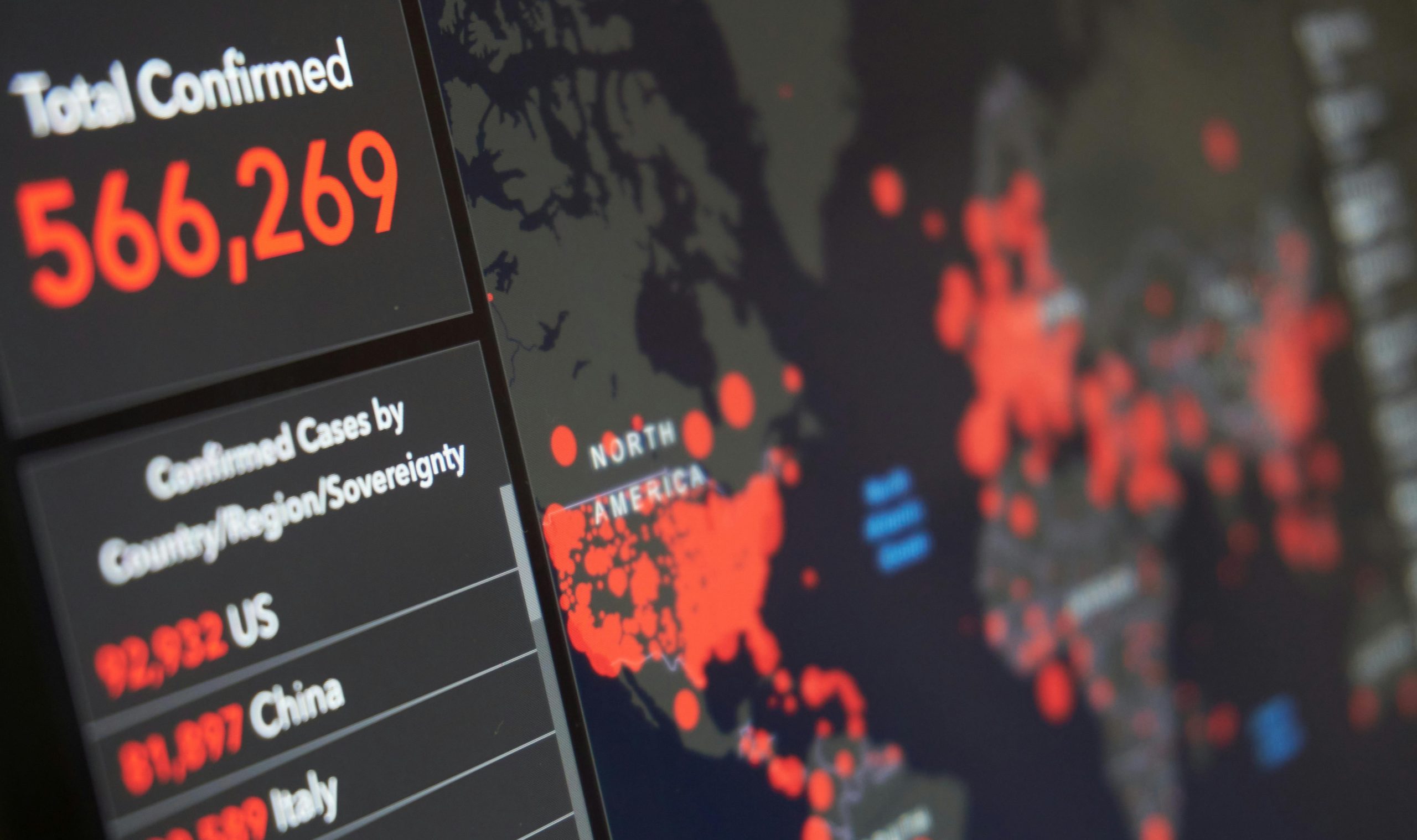The Role of Biotechnology in Enhancing Public Safety
“Biology – it keeps me up at night. Biosecurity. Bioterrorism. Synthetic biology. Biotech. Bioweapons. It’s definitely on the US list of critical technologies, but I haven’t heard enough conversations that have the same sense of urgency as AI.”
– Rep. Chrissy Houlahan | PA-06 | House Permanent Select Committee on Intelligence

Has biosecurity technology made its way into your workstream yet? If not, it will probably cross your desk soon. While the Executive Order on the Safe, Secure, and Trustworthy Development and Use of Artificial Intelligence focused attention on AI, it also brought the biotech conversation to the forefront for all government entities. The Executive Order emphasizes the need for advanced AI systems capable of detecting and responding to biological threats.
Biosecurity is not just an abstract idea; it is an essential component of our global health and safety. As interconnected as our world has become, the spread of biological threats can have far-reaching impacts, transcending borders and affecting economies, environments, and societies. Effective biosecurity measures ensure the protection of public health by preventing the spread of infectious diseases, safeguarding our food supply by controlling agricultural pests, and preserving our ecosystems by managing invasive species. By prioritizing biosecurity, we are not only defending against immediate threats but also fostering a resilient and sustainable future for generations to come. With global travel increasing, the Government is tasked with the monumental responsibility of safeguarding our population. Fortunately, advancements in AI technology offer powerful tools to bolster biosecurity measures.
One of the critical components of biosecurity is early detection of biological threats. I work daily with a team that has dedicated their days to making this a reality. Traditional methods of detection are becoming less effective to combat the ever-growing threat landscape. However, modern technology has revolutionized this process. Genomic analysis allows for the detection of pathogens and pests in water, soil and air samples with remarkable speed and accuracy.
Another significant advancement in biosecurity is the use of data analytics and predictive modeling. By collecting and analyzing vast amounts of data from various sources, including weather patterns, migration trends, and disease outbreaks, we can predict the spread of biological threat vectors. These predictive models can help governments allocate resources more effectively and target high-risk areas and populations before an outbreak occurs.
Automation and robotics also play a pivotal role in enhancing biosecurity. Automated surveillance systems, such as drones and remote sensors, can continuously monitor critical areas like borders, ports, and agricultural fields. These systems can operate around the clock, providing constant vigilance without the need for human intervention. In the agricultural sector, robotic systems can detect and eliminate pests with precision, reducing the reliance on chemical pesticides. This not only protects crops but also helps preserve ecosystems and biodiversity.
The future of biosecurity is the integration of technology into biosecurity efforts. Industry, from the largest legacy corporations to smaller technology startups, are focused on securing the future by investing in research and development of tools to safeguard the global community from biothreats.
Informing ourselves, our teams, and our constituents on potential risks and the technological tools that can combat them is crucial for protecting public health, agriculture, and the environment. We learned in the COVID pandemic how quickly a pathogen can become a global problem that government has to solve. As biological threats continue to emerge and evolve, leveraging AI can identify patterns in pathogen behavior, predict outbreaks, and suggest preventive measures. We must embrace these innovations to stay ahead of potential threats and safeguard the well-being of our population. Let’s talk about it, let’s educate ourselves, and let’s innovate together. Our shared future demands a proactive approach.
T’Neil Walea is the Director of Strategic Incubations for the Federal Government at Microsoft where she helps integrate artificial intelligence and quantum computing into Federal agencies. As an international speaker, leadership consultant, and technology expert, she helps the Government navigate technological advancements.
She previously worked as IBM’s Chief Technology Officer for Global Governments where she also focused on Federal artificial intelligence and quantum computing.
With a strong background in team building and technology leadership, she is passionate about helping teams develop a healthy culture and adopt cutting-edge leadership and technology strategies. She loves mentoring and helping young women find their place in STEM-driven industries.





Leave a Reply
You must be logged in to post a comment.